Abstract:
Rationale: Bariatric surgery is a common surgical intervention for the treatment of severe obesity. Declines in respiratory function, muscle mass, and strength are very common in obese adults and are strongly associated with frailty, physical disability, and mortality. Multimodal prehabilitation programs, especially with physical exercise, have emerged as a promising strategy to improve functionality and reduce postoperative complications in patients. However, there is a need to enhance the effectiveness of preoperative preparation to further minimize postoperative complications. The aim of this study is to analyze the characteristics of obese subjects waiting bariatric surgery and outcomes after 6 weeks of prehabilitation.
Methods: We retrospectively reviewed electronic medical records of subjects in preoperative bariatric surgery between 2014-2023. The assessment protocol consisted of anthropometric measures and the following respiratory function measures: maximal inspiratory pressure (MIP) and maximal expiratory pressures (MEP). Functional capacity was assessed with the 6-minute walk test (6MWT) and the Timed Up and Go (TUG) test. MIP, MEP, and 6MWT results are presented in absolute values and as percentage of predicted values, respectively (%MIP, %MEP, %6MWT). We performed descriptive and inferential statistical analyses using the Student’s t-test for independent and related samples.
Results: Ninety-six subjects with obesity (78% female, age of 44.6±9.4 years, BMI of 45.7±20.2 Kg/m²) participated in the 6-week exercise training, conducted twice weekly, with each session lasting between 60 and 75 minutes (duration increased over time). Eighty-four subjects completed the 6-week exercise protocol and were reevaluated. After 6 weeks, MEP (146 - 158 cmH2O; +8.5%; p =0.0003), %MEP (141 - 156% of predicted; +10.4%; p=0,0002), 6MWT (475-502 m; +6%; p< 0.0001), %6MWT (100-104% of predicted; +4%; p=0,0397) and TUG (7.15-6.50 s; -9.3%; p=0,0017) all showed improvements. No difference was observed in MIP.
Conclusion: The results showed that prehabilitation can effectively improve several parameters in subjects with obesity, while also providing a new approach for enhancing functional and respiratory capacity. Based on these findings, our research group is developing a protocol incorporating Acute Intermittent Hypoxia (AIH) (1-1.5 min, 11%O2, 15 times). Participants will undergo controlled sessions of AIH in addition to the established prehabilitation program. Assessments will be conducted before and after the prehabilitation program and AIH exposure. Our new protocol aims to improve physical exercise response, enhancing the functional and pulmonary capacity of these subjects.



